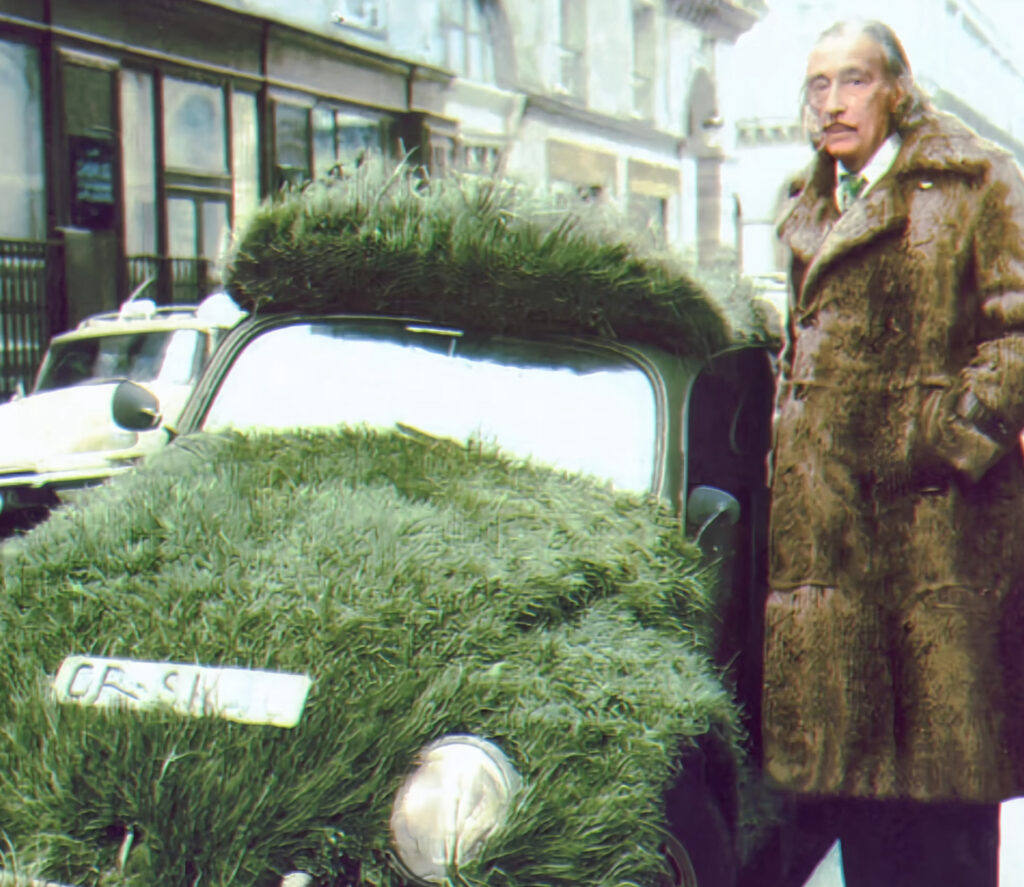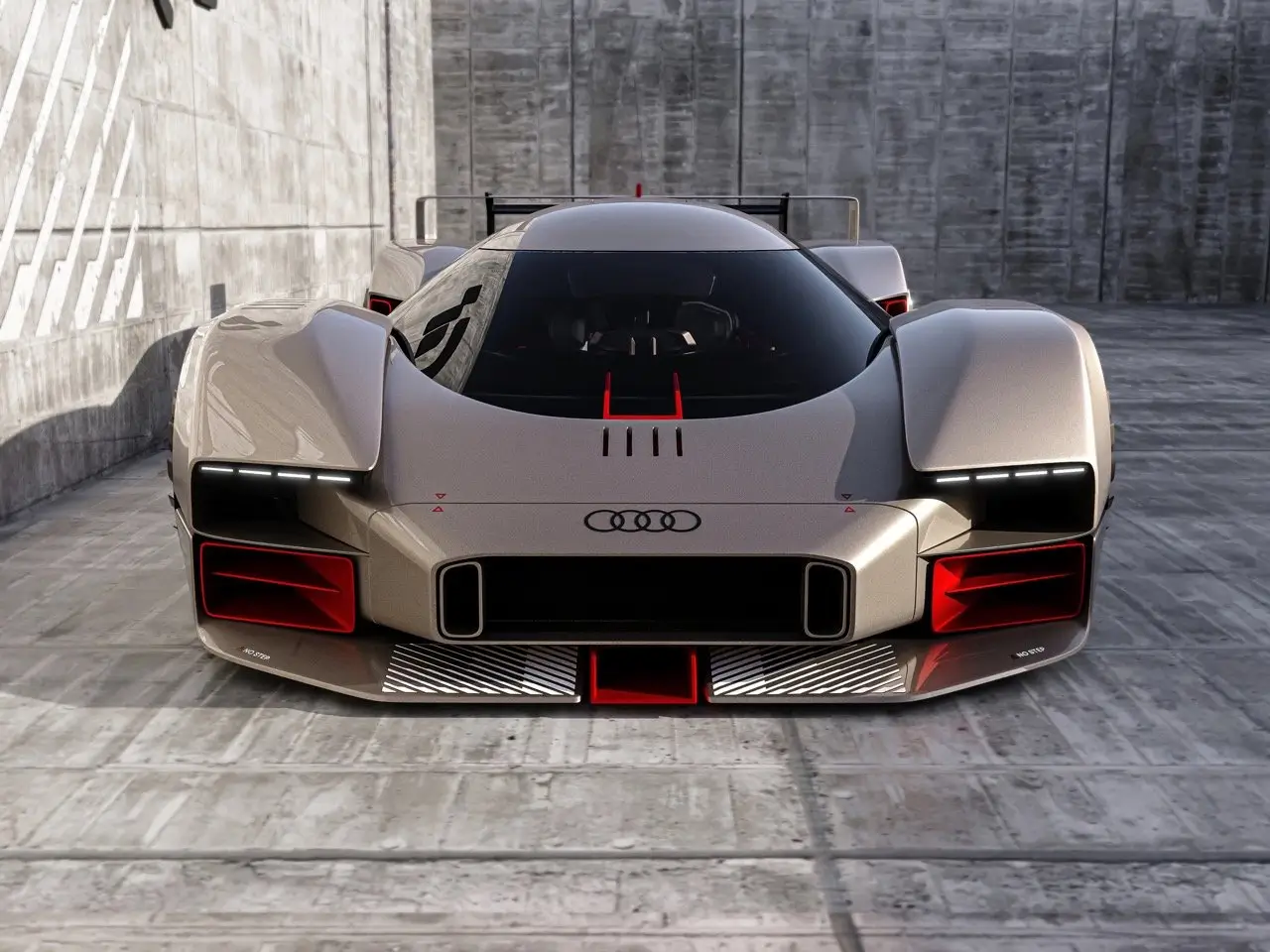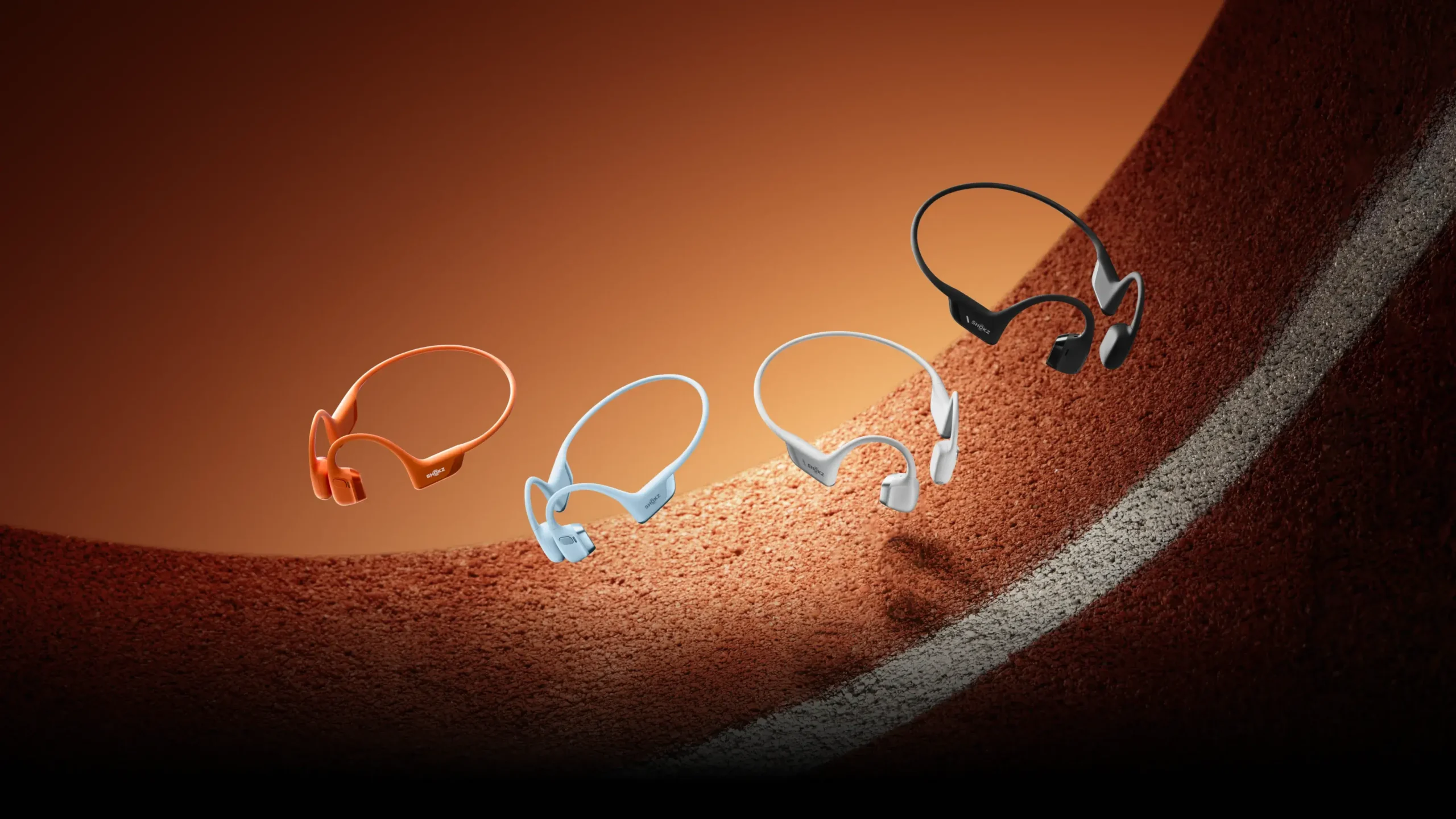In 1970, the world-renowned Spanish surrealist artist, Salvador Dali, introduced an innovative piece that challenged the boundaries of traditional art and encapsulated his unique creative vision. His masterpiece, the Grass Volkswagen, transformed an ordinary Volkswagen Beetle into a captivating symbol of nature, consumerism, and the fusion of the natural world with modern society.
A Symbiotic Relationship between Art and Pop Culture
The Grass Volkswagen, by merging a familiar pop culture icon – the Volkswagen Beetle – with an unexpected element, vividly showcases Dali’s artistic ingenuity. This combination of popular culture and fine art demonstrates Dali’s ability to blur conventional lines and engage audiences in thought-provoking ways.
A Deeper Exploration of the Nature-Technology Connection
Dali’s unique work invites viewers to ponder the delicate balance between nature and technology, as well as the evolving relationship between the two. By adorning the Beetle with grass, Dali not only bridged the gap between the natural and the man-made, but also highlighted the impact of human progress on the environment and society.
A Bequest of Creativity and Innovation
The Grass Volkswagen remains an enduring symbol of Salvador Dali’s unparalleled creativity and his ability to transcend traditional artistic boundaries. Today, this iconic piece continues to inspire artists and art enthusiasts alike, serving as a reminder of the limitless potential of human imagination and ingenuity.
Thoughts
Salvador Dali’s Grass Volkswagen serves as a testament to the artist’s innovative spirit and his desire to engage audiences in thought-provoking dialogue. By fusing elements of nature, pop culture, and surrealism, Dali created a truly unique piece that challenges our understanding of art and the world around us.
No comments yet.








